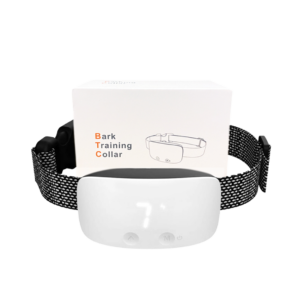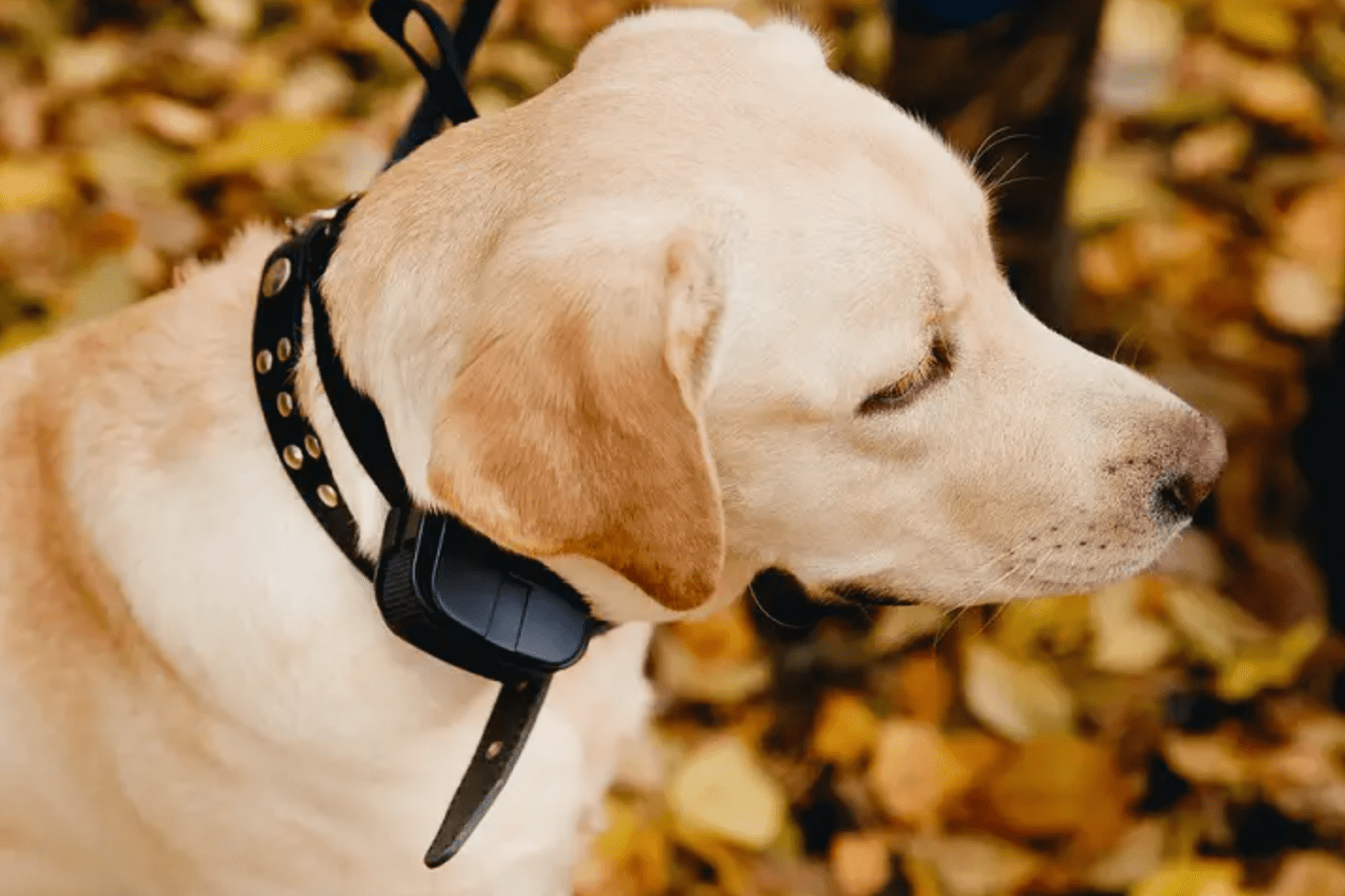Introduction
Excessive barking can be a problem for dog owners, especially if it’s causing issues with neighbors or the law. While there are many methods for curbing excessive barking, some owners may consider using a dog shock collar as a last resort.
In this post, we’ll provide a comprehensive guide to using shock collars for barking, covering everything from how they work to tips for effective training. However, it’s important to remember that shock collars should be used responsibly and only as a last resort after other methods have been tried.
How Dog Shock Collars for Barking Work
Dog shock collars for barking use a small electric shock to discourage dogs from barking excessively. The collar is worn around the dog’s neck and typically has sensors that detect barking vibrations. When the sensors detect barking, the collar delivers a mild electric shock to the dog’s neck.
The shock is designed to be uncomfortable enough to deter the dog from barking but not to cause any physical harm. Some collars also have settings that allow owners to adjust the level of shock intensity. It’s important to note that not all shock collars for barking work the same way, and some may have different features or modes of operation.
While some dog owners swear by shock collars for barking, they can be controversial due to concerns about their safety and effectiveness. The American Society for the Prevention of Cruelty to Animals (ASPCA) warns that shock collars can be harmful to dogs and may even lead to anxiety or aggression in some cases. However, some dog trainers and owners argue that when used correctly and responsibly, shock collars can be an effective tool for barking training.
It’s essential to consider the potential risks and benefits of using shock collars for barking and to use them only as a last resort after other training methods have been exhausted. It’s also important to choose a high-quality collar and to follow the manufacturer’s instructions carefully to ensure your dog’s safety and well-being.

Choosing the Right Dog Shock Collar for Barking
When it comes to choosing the right dog shock collar for barking, it’s important to consider factors such as your dog’s size, adjustable correction level, waterproof rating, and barking triggers. A high-quality shock collar can be a safe and effective tool for training your dog to stop excessive barking.
One of the best dog shock collars for barking on the market is the BTC Bark Training Collar. It features a rechargeable battery and adjustable shock levels, with a vibration and sound mode for training your dog without the use of shocks. The collar is also waterproof and durable, making it a great option for dogs who love to play outdoors.

Other popular dog shock collars for barking include the SportDOG Brand NoBark 10R Rechargeable Collar, which has multiple levels of intensity and a waterproof design, and the Garmin BarkLimiter 2VT, which uses innovative bark detection technology to accurately identify and correct barking.
Before purchasing any shock collar, be sure to do your research and read reviews on the best bark collar on the market to ensure you’re making the right choice for your furry friend. And always remember to use shock collars for barking responsibly and as a last resort after other training methods have been tried.
How to Use a Dog Shock Collar for Barking
Using a dog shock collar for barking can be an effective tool for training your dog to stop excessive barking, but it’s essential to use it correctly and responsibly. Here are some tips for using a dog shock collar for barking:
- Introduce your dog to the collar gradually: Before using the collar, let your dog sniff it and get used to wearing it for short periods of time.
- Set the right shock level: Use the lowest possible shock level that is effective for your dog. Be sure to read the manufacturer’s instructions carefully and never exceed the recommended shock level.
- Use the collar consistently: Use the collar every time your dog barks excessively, even if it’s just for a short period of time.
- Reinforce good behavior: When your dog stops barking, reinforce the good behavior with praise, treats, or a toy.
- Avoid using the collar as punishment: Never use the shock collar to punish your dog, as this can cause anxiety or aggression.
- Supervise your dog when using the collar: Never leave the collar on your dog when you’re not around, as this can be dangerous and potentially harmful.
Remember, using a shock collar for barking should always be a last resort after other training methods have been tried. Always prioritize your dog’s safety and well-being when using any training tool.

Alternatives to Dog Shock Collars for Barking
While dog shock collars for barking can be an effective tool for training your dog to stop excessive barking, they are not the only option available. Here are some alternative training methods to consider:
- Positive reinforcement training: This training method involves rewarding your dog with treats, praise, or toys for good behavior and ignoring or redirecting bad behavior. Positive reinforcement training can be an effective way to train your dog to stop excessive barking and strengthen the bond between you and your dog.
- Clicker training: Clicker training involves using a clicker to mark good behavior and reward your dog with treats or praise. This can be a useful method for training your dog to stop barking on command and can be especially effective for puppies or easily distracted dogs.
- Ultrasonic devices: Ultrasonic devices emit a high-pitched sound that is unpleasant to dogs and can be used to deter barking. These devices are often used in conjunction with positive reinforcement training and can be an effective tool for training your dog to stop barking without the use of shock collars.
- Professional training: If you’re having difficulty training your dog to stop barking, consider working with a professional dog trainer who can provide customized training solutions for your dog’s unique needs. A professional trainer can help you identify the root cause of your dog’s barking and develop a training plan that’s tailored to your dog’s personality and behavior.
Conclusion
While dog shock collars can be a helpful tool for barking training, they should be used with caution and responsibility. Before using a shock collar, consider alternative training methods such as positive reinforcement, clicker training, ultrasonic devices, or professional training.
If you do decide to use a shock collar for barking training, be sure to choose a high-quality collar that fits your dog properly and has adjustable shock levels. Introduce the collar gradually and use the lowest possible shock level that is effective for your dog. Reinforce good behavior with praise, treats, or toys, and use the collar responsibly and only when necessary.
Remember, training your dog to stop excessive barking takes time and patience, regardless of the training method you choose. Always prioritize your dog’s safety and well-being in all training methods and be consistent in your training efforts. With the right training and tools, you can help your dog become a well-behaved and happy member of your family.

